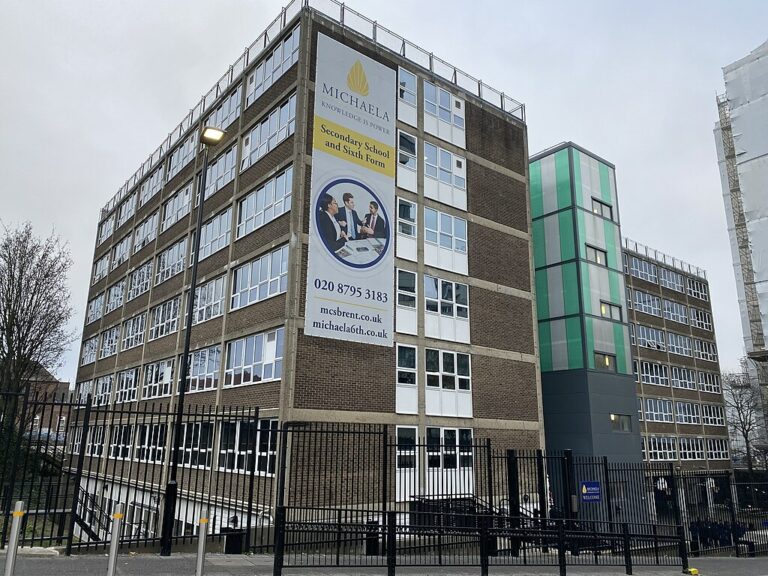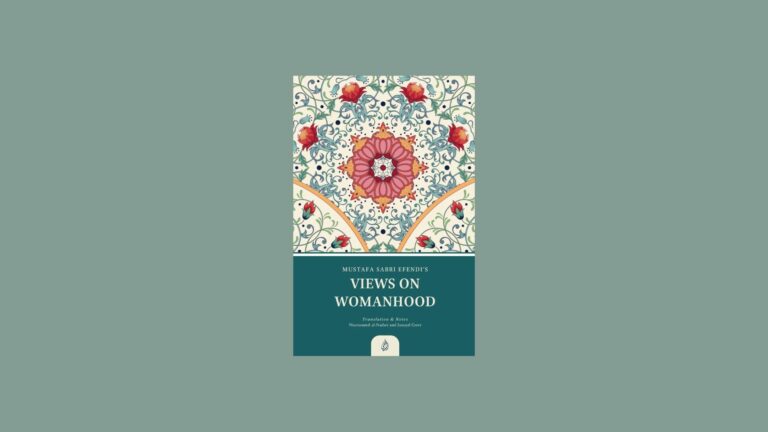London experiences some of Britain’s worst levels of deprivation, and almost a quarter of children in the capital live in homes where no one works, official figures reveal today.
Families in London – where the birth rate is now far greater than in the rest of the country – are also more likely to be headed by a lone parent, according to the Office for National Statistics (ONS).
The latest ONS report on Regional Trends, highlighting shifts in social patterns, shows that the national proportion of children in households where no one is employed stands at 15%. In London, however, the figure rises to 23% and is above average – about 18% – in the north-east, north-west, West Midlands and Wales.
In terms of families headed by a lone parent, London was also significantly out of line with the rest of the UK.
In the capital the figure stands at 31%. Other areas with high proportions of lone-parent families were the north-east, north-west and Wales – at 28% or 29%. The south-east, east and East Midlands had the lowest – all less than 22%.
Using a combined measure of low income and material deprivation, the ONS found that London also had higher levels with 22% suffering such a double disadvantage; the national average was 16%.
The higher birthrate in the capital – 16.6 births per 1,000 population, compared with a national average of 12.7% – is largely due to the younger age profile of Londoners.
“Although there are differences between regions, the data suggest that the most significant influence on children’s experiences growing up is likely to be income deprivation,” an ONS spokesman said.
“Growing up in a low-income family in one region will probably be more like growing up in similar circumstances in another region than in a more affluent family in the same region.”
The report found that childhood obesity rates were higher in urban areas such as Hackney in east London (16%), Birmingham, Liverpool and Manchester, but low in Brighton and Hove (6%), Wokingham, Stockport, Sheffield, Windsor and Kingston upon Thames.
There were less predictable variations in GCSE exams, with more than 65% of children attaining five A*-C grades in Gateshead, Trafford, Wakefield, Solihull and Belfast in 2006-07, and fewer than 55% attaining the same results in Sheffield, Barnsley and Bradford, Coventry, Derby, Nottingham and Leicester.
Two-thirds of families with dependent children in Northern Ireland and the south-east involved married couples, compared with fewer than 60% in the north-east, north-west, Yorkshire and the Humber, and Wales.
Lower proportions of married couples tend to be accompanied by higher proportions of cohabiting couples with children – 17% in the north-east compared with 9% in Northern Ireland, the ONS said.
Other figures released by the ONS show that about a quarter of women who were self-employed in 2007 gave “increased independence or for a change'” as an important reason for their decision.
The East Midlands emerged as the region with the highest percentage of industrial output in manufacturing, and the lowest output in the financial sector.







